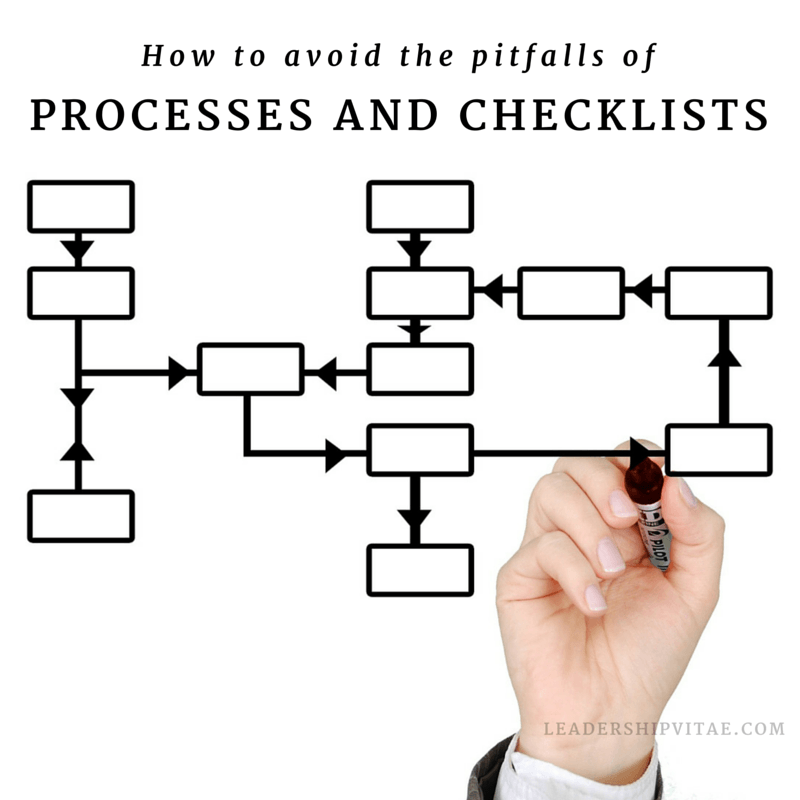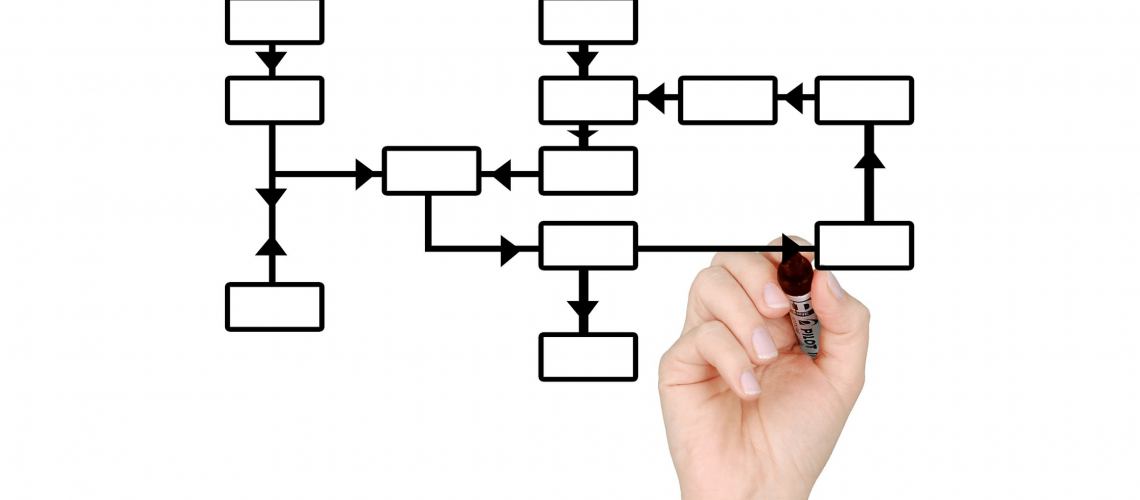
My earliest organization builds were Project Management Offices (PMO’s). Bring a bunch of project managers (PMs) together and what do you get? A lot of process- and checklist-happy people.
While I certainly believe in process, and checklists can be helpful, they also provide a very real danger to those that use them.
What could possibly be dangerous about checklists? And aren’t processes, vs approaching everything willy nilly, a good thing? What is there to be afraid of?
I fear but one thing. The sense of security they can provide.
The Value
Projects – by definition – are a unique endeavor, with a defined start and end, that result in something new (product, service, etc).
While every project is unique, the steps that we use to execute them are often similar. The reason why standardized processes and checklists frequently work and are sought after are due to those similarities.
Early on in my project management career, checklists and repeatable processes were my lifeline. As someone new to the role, they helped me ensure I did everything I needed to, the way I needed to.
Once I started building my first PMO, the processes and checklists were even more critical. I managed Marines with no project management experience. Often, they would arrive with some amount of technical knowledge, but no direct experience with our specific objectives.
There was no time for ramp up – the Marines were frequently reassigned and any learning curve had to be hours or days instead of weeks or months.
Rather than expect them to figure out what to do and when to do it, I was able to develop and automate processes and checklists that made it possible for 12 inexperienced resources to successfully manage over 100 concurrent projects.
The Limitations
The level of automation and standardization we employed was possible due to the similarity of the projects we were managing. While they had different customers, locations, or other parameters, much of the work could be done the same. Where there needed to be experienced eyes guiding decisions, I inserted reviews.
In some cases, the projects were very different, limiting the value of standardized processes and checklists. Often, following them meant missing what was unique about the effort. Those misses resulted in mistakes and impacted customers.
Suddenly, standard processes and checklists become a liability. For the uninitiated – which most of my resources were – their tools were all they knew. They were in no position to modify them to meet the needs of the project.
Remember – every project is unique. Therefore, any tool used to manage it has the potential to be flawed unless is it evaluated in terms of that particular project.
The Mitigation
So if every project is unique, yet there can be value in standardized processes and checklists, how do we limit risk?
At first, I thought it was by building a better toolbox. Whether it was Project Management, Lean, Six Sigma, SCRUM – they all had processes and checklists. I added all of their methodologies to my tool kit.
As I continued to build PMO’s and manage more project managers, I was repeatedly asked for checklists. For processes. For the reassurance they provided.
No matter the challenge, I had a tool for that. While I could provide the tools, there was something missing. The awareness of how to best use the tool for the challenge at hand.
Over time, I started caveating the tools. Whether it was a process, checklist or other tool, I tried to teach others how to use them as a starting point, vs a silver bullet.
For example, I recently gave my team of analysts a crash course on how to lead projects. They frequently lead smaller efforts, that don’t require the full-size tools larger projects may require.
The focus was on scaling – how do you size your tools for your project? How do you figure out what’s necessary? What do you look for?
They all wanted one thing – a checklist of things to do. So I gave them one…with the following message:
“If you don’t do what’s on this list, you will likely fail. If you only do what’s on the list, you are also likely to fail. Use this as a starting point to figure out what’s important for this project.”
The Irony
Hopefully you’ve noticed that I’ve started providing even more models, worksheets and checklists on my site. Ironic, right?
Not really. I still think it’s important to have a tool kit. To have standardized processes and checklists to reference, helping us remember key steps and prevent gotchas.
I have a leadership toolkit to go along with my project management one. Depending on the challenge, I’ll pull out what I think is relevant and take a hard look. Does it meet the need? How might I adjust this approach to fit the situation?
Nothing in life is as simple as hammering a nail. Instead, we start with the closest tool we have, and modify it to fit the specific need.
The models and tools I share with you are meant to be used in that light. They are meant to get you started…mindset, approach and considerations. Yet they have to be used within a context – your context. Modify them to align to your style, comfort, or situation.
Standardized processes and checklists can provide tremendous value – if they are used properly, with modifications to meet the situation at hand.
***
When do you find yourself relying on tried and true processes and checklists? Do you find they work better for some situations than others? Please share your experience in the comments.








